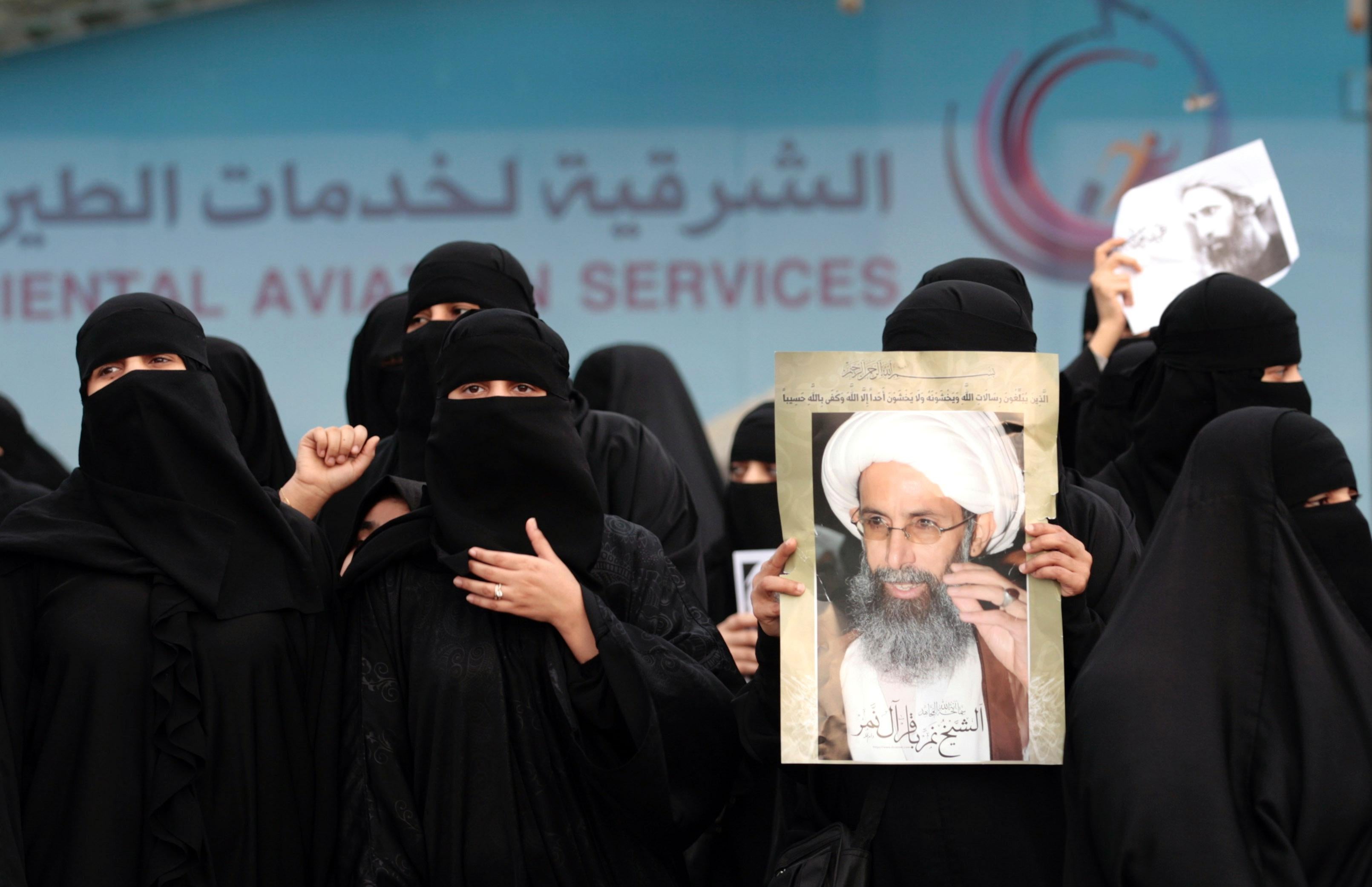Saudi Arabia’s execution of prominent Shiite cleric Nimr al-Nimr and 46 other people in a single day sparked anger across the Middle East, particularly in the Iranian government. Iran’s Foreign Ministry spokesman warned the execution would have serious consequences for the ruling royal family. Former Iraqi Prime Minister Nouri al-Maliki went as far as to say the execution could end up toppling the Saudi government. Condemnation for the killing went far beyond the Middle East too, with British and European Union politicians also criticizing the execution.
Although most of those executed on Saturday had been convicted in a wave of deadly attacks tied to al-Qaida a decade ago, Nimr was different. He had been convicted in 2014 of sedition and other charges but was a staunch advocate of non-violence as he protested against the royal family and complained of the mistreatment that the country’s Shia minority have suffered throughout the years. The Guardian explains:
According to his supporters, the cleric was careful to avoid calling for violence and eschewed all but peaceful opposition to the government. On one occasion, he urged protesters to resist police bullets using only “the roar of the word.” As his role in the protests became more prominent, he warned the Saudi authorities that if they refused to “stop bloodshed,” the government’s repressive tendencies risked it being overthrown.
Hundreds of Shiite Muslims marched through the Qatif district of Saudi Arabia’s Eastern Province to protest the execution while chanting “down with the Al Saud,” the name of the ruling Saudi royal family. Riot police officers in Bahrain also fired tear gas at around 100 protesters. Bahrain is seen as particularly vulnerable to unrest considering that is where “widespread protests among the country’s Shiite majority against the Sunni royal family were quelled by Saudi military intervention in 2011,” details the Washington Post.
Nimr’s execution also opens up “another focal point for sectarian and political wrangling between Saudi Arabia and Iran,” notes the Associated Press. The two countries are on opposing sides of the civil wars in Yemen and Syria and Saudi Arabia has not been shy about expressing its opposition to the recent Iranian nuclear agreement with world powers. Iran’s Revolutionary Guards quickly warned Saudi Arabia that it would face backlash for the execution.
Some analysts say executing Nimr along with terrorists tied to al-Qaida “sought to conflate his activism with a grave national threat,” notes the New York Times. “This is indicative of the hard-line tilt the regime has taken,” said Frederic Wehrey, an analyst at the Carnegie Endowment for International Peace who has spent time in Shiite parts of Saudi Arabia.
Saudi Arabia executed 157 people last year, which was the highest number in two decades, according to advocacy groups.
